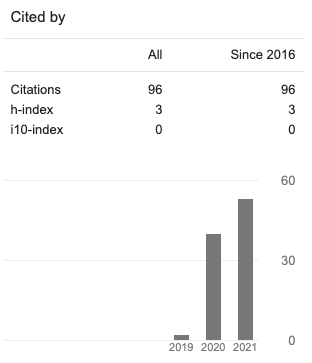Elementary School Children's Willing to Communicate in Virtual Class: a Case Study
Abstract
As one of the keys to a quality teaching process is the willingness of students to communicate, this is worth observing, especially when it is carried out by students who are young children when conducting virtual instructional practices during the Covid-19 outbreak. This study aims to investigate students' willingness to communicate during the teaching and learning process in a virtual classroom. The respondents of this study were 28 students of SDN 160 Sukalaksana Bandung, Indonesia. Students' patterns in their willingness to communicate were examined using close observation in 3 consecutive meetings. Due to the outbreak of the Covid-19 pandemic, the instructional process is carried out virtually through the Zoom platform. One teacher acted as instructor and one passive supervisor was given access to record and observe instructional practice. This study revealed that students' willingness to communicate depends on the type of task given by the teacher. There are 6 patterns of students' willingness to communicate in response to teacher instructions. This shows the importance of understandable and appropriate instruction in order to increase students' willingness to communicate.
Copyright (c) 2022 Resti Juwita, Ernawulan Syaodih, Mubiar Agustin

This work is licensed under a Creative Commons Attribution 4.0 International License.















